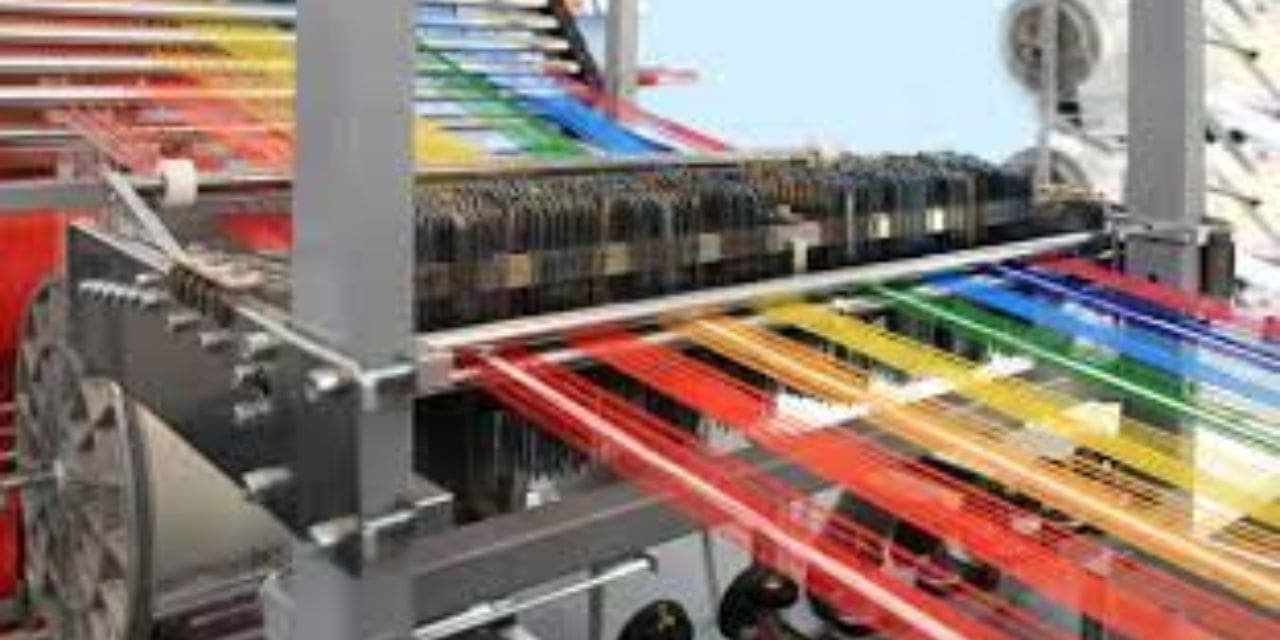Environmental, social and governance (ESG) commitments are top priority for all business stakeholders. Companies have been presented with clear and rising expectations from these stakeholders – from investors to customers – to be proactive while managing ESG risks and opportunities as part of their overall business strategy. In fact, this interest has reached a tipping point with the stakeholders demanding that business leaders improve sustainability practices that benefit not only the bottom-line but also generate a wider societal impact.
These demands are supported by studies that suggest stakeholders view ESG achievements as a critical part of corporate performance. Businesses with better ESG delivery are also likely to have performed better on traditional parameters. This is why ESG efforts are being ramped up, with sustainability working into all stages of the supply chain, from eco-friendly raw materials and waste recycling to educating suppliers. This is a reality across all sectors, and the textile industry is no exception.
The textile industry has long been known as a major polluter, which is what has sparked the urgency to become sustainable, improve worker safety and ensure the right of consumers to make informed choices. The textile supply chain spans across sourcing, manufacturing, processing, fabric care & packaging that produce dangerous effluents. All of this must be kept in mind while designing and implementing mitigation plans.
To that end, the launch of the Extended Producer Responsibility (EPR) scheme was a significant step forward. Under the policy, producers are given a significant responsibility – financial and physical, for the collection & disposal of post-consumer wastes and it has raised the ESG standards across the industries. This has taught us that ESG innovation is key to solving the world’s sustainability challenges.

